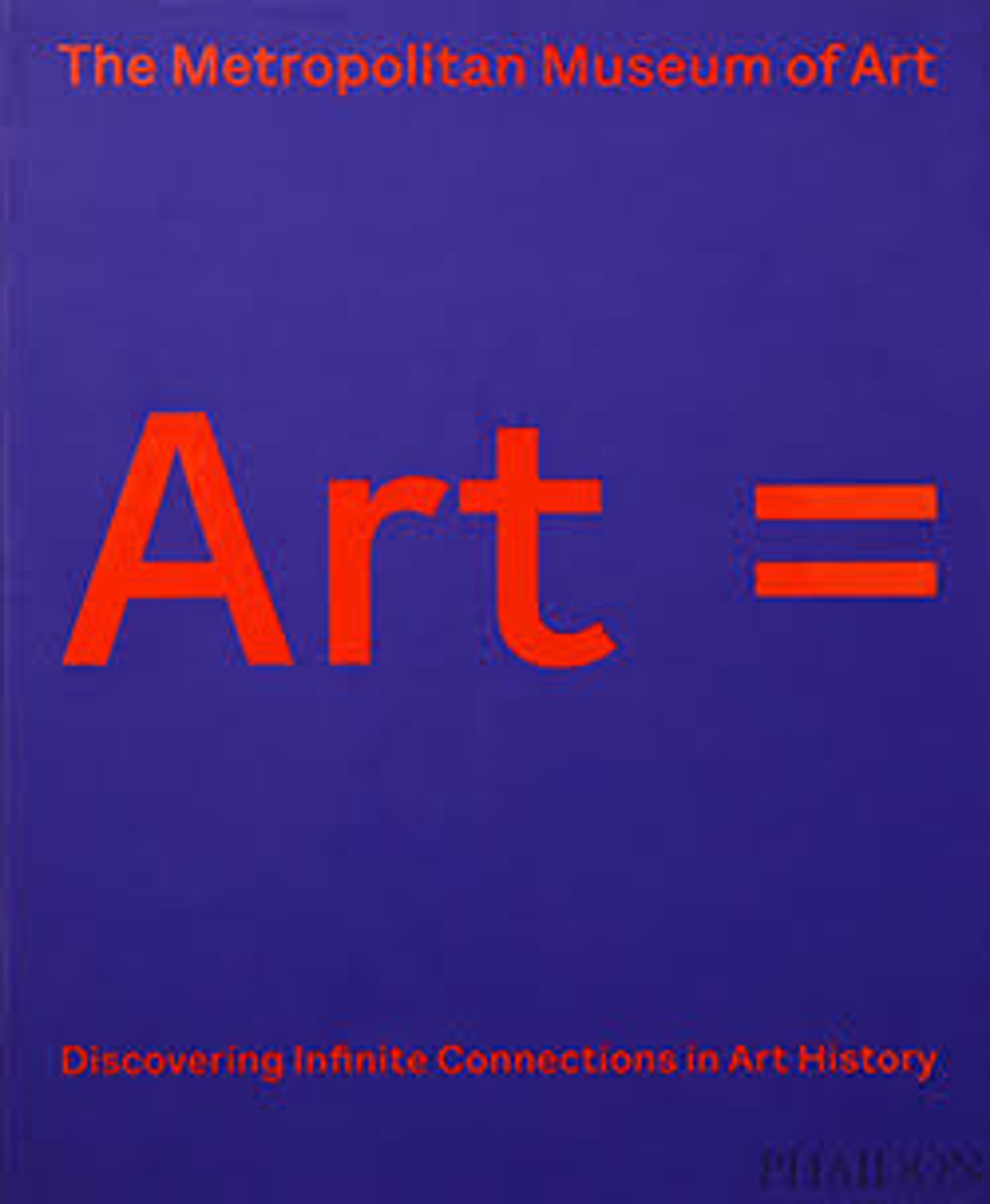English
The Crucifixion; The Last Judgment
Philip the Good, duke of Burgundy, considered Van Eyck—his court painter—unequaled in his "art and science." The artist’s expansive yet microcosmic paintings seem observed through both a microscope and a telescope. In The Crucifixion he evokes a remarkable range of emotions among the crowds, set against an imagined Jerusalem. Van Eyck’s 1426 trip across the Alps during a diplomatic mission to Italy and the Holy Lands informed his naturalistic landscape depiction. He gives an equally palpable form to the horrors of the Last Judgment. Technical research has revealed that the two paintings were not always configured as a diptych, but originally served as the wings of a triptych or the doors to a tabernacle or reliquary shrine. The recently conserved frames are original, with biblical texts in Latin and rediscovered, now fragmentary, translations in Middle Dutch.
Artwork Details
- Title: The Crucifixion; The Last Judgment
- Artist: Jan van Eyck (Netherlandish, Maaseik ca. 1390–1441 Bruges)
- Date: ca. 1436–38
- Medium: Oil on canvas, transferred from wood
- Dimensions: Each 22 1/4 x 7 2/3 in. (56.5 x 19.7 cm)
- Classification: Paintings
- Credit Line: Fletcher Fund, 1933
- Object Number: 33.92ab
- Curatorial Department: European Paintings
Audio
2616. Investigations: The Crucifixion; The Last Judgment, Part 1
0:00
0:00
We're sorry, the transcript for this audio track is not available at this time. Please email info@metmuseum.org to request a transcript for this track.
Listen to more about this artwork
More Artwork
Research Resources
The Met provides unparalleled resources for research and welcomes an international community of students and scholars. The Met's Open Access API is where creators and researchers can connect to the The Met collection. Open Access data and public domain images are available for unrestricted commercial and noncommercial use without permission or fee.
To request images under copyright and other restrictions, please use this Image Request form.
Feedback
We continue to research and examine historical and cultural context for objects in The Met collection. If you have comments or questions about this object record, please contact us using the form below. The Museum looks forward to receiving your comments.
